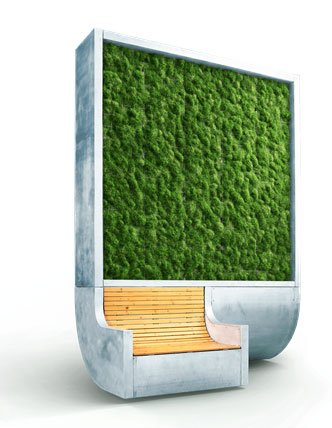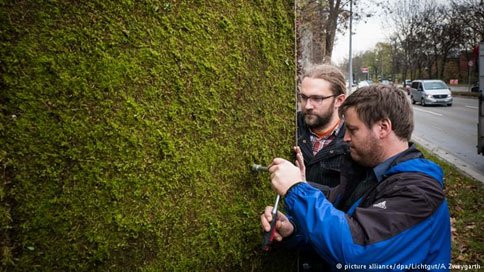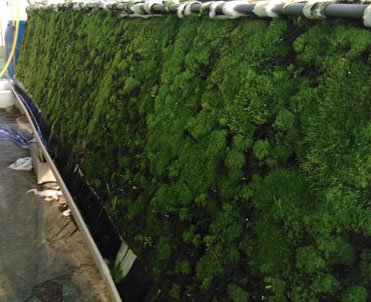BRAMM
(Biomonitoring of Atmospheric Metallic Fallout by Mosses)
- For 20 years, every 5 years, a European campaign has taken place which consists of collecting mosses in forests far from known sources of pollution (industrial sites, transport routes) in order to measure the background presence of the various pollutants.
- In France, about 500 sites per campaign are investigated.
- 13 metals including aknowledged toxic elements e.g. Cd, Hg, Ni, Pb and suspected toxic ones e.g. Al, Fe, V, Zn are monitored
 Exemple de résultat de BRAMM
Exemple de résultat de BRAMM
Industrial site monitoring
- Some industrial sites e.g. incineration plants are equipped with moss transplants. Samples are regularly collected to monitor the resulting pollution.
Depollution along the roads
A German study showed that 1m² of moss annually absorbs the amount of microparticles produced by a diesel car traveling 1000 km. In Germany, moss mats have been installed on the side of highways to mitigate microparticle pollution.
Other initiatives :

Système Filtréo de JCDecaux : un tapis de mousse est placé au-dessus d’un abribus pour limiter la pollution aux microparticules.

Moss-based street furniture

Installation of a pollution mitigation system alongside a road

Un mur irrigué par de l’eau polluée


